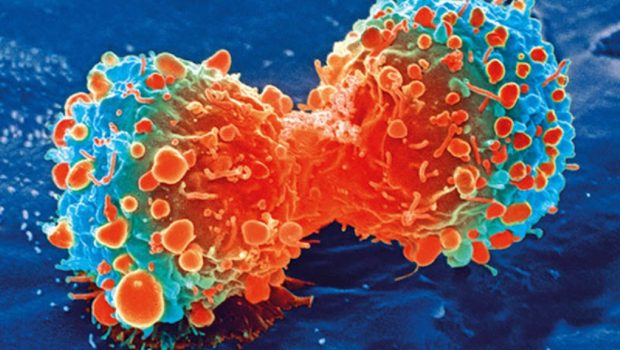How Hormones Interact in Relation to Cancer
by Carol Petersen
There is no shortage of information and opinions concerning hormone treatments or the best way to test for hormone deficiencies, how to use hormones or confirm whether a hormone intervention is working . Dr. Edward Friedman’s book The New Testosterone Treatment: How You and Your Doctor Can Fight Breast Cancer, Prostate Cancer and Alzheimer’s, shows us that hormone receptors are really the key. Regardless of the testing method, the specific hormone or its intended result, all hormone action occurs at the receptor sites.
Receptors are protein structures designed to snag passing hormones. Those that poke through the cell membrane are called membrane receptors. Intracellular receptors are inside the cell in the cytosol, and even more receptors inhabit the cell nucleus. The number of receptors varies according to nutrients and the environment.
Once a receptor captures a hormone, that cell receives instructions for an action, such as cell replication, manufacturing other proteins, moderating cell activity or programming abnormal cell death. A single hormone can produce action within minutes of binding by lowering or increasing the production of proteins.
Conventional practitioners believe that as long as a hormone receptor receives a hormone, whether it is identical to the human hormone or not, all hormones and hormone-like substances should be considered equal. This thinking ignores the research identifying different affinities for different hormone receptors. For example, the hormone estriol is generally considered a weak estrogen because the binding of estriol on a receptor, in comparison to estradiol binding on the same receptor, produces less response.
In sharp contrast, the receptors for estrogen in the urinary tract, bladder and vaginal tissue have a much greater affinity for estriol. A study published in the New England Journal of Medicine demonstrated dramatic differences in effectiveness in treating urinary tracts in elderly women with recurrent infection. Although receptors have affinities, they are not very discriminating about binding, and can be affected by synthetic hormones, as well; receptor activity can be blocked or accentuated.
Friedman, a theoretical biologist, offers his theory, the hormone receptor model. He believes it answers questions about how breast and prostate cancer begin, and how this information can be used to target very specific treatments based on bioidentical hormones (particularly testosterone) to change the course of these diseases. Friedman states that breast and prostate cancer are fundamentally identical in their causes, presentation and progression.
Bcl-2 is a protein produced by hormone stimulation in the cell nucleus of cancer cells. This protein is of great importance in the discussion of breast and prostate cancer. Cancer cells are immortal because they escape the normal program for cell death (apoptosis). The Bcl-2 protein shields cancer cells from their normal cell destruction. Estrogen receptor beta (ER-Beta) stimulation decreases the production of the Bcl-2 protein, thus depriving cancer cells of their immortality. It also has a general anti-inflammatory effect.
Friedman suggests that vitamin D (which is a hormone) should always be considered first with a diagnosis of breast or prostate cancer. There is no downside to ensuring that levels are optimized, and activation of the vitamin D receptor helps destroy cancer cells. He feels that his methods are not intended to be a cure, but a means to control cancer and claims that restoring hormones to more youthful levels will yield a zest for life while living with cancer.
For appointments with Dr. Susan Matos-Cloke, owner of Advanced Hormone Solutions, in Paramus, call 201-225-2525, email Appointments@ahsclinics.com or visit AdvancedHormoneSolutions.com.
Carol Petersen, R.Ph., CNP., works at Women’s International Pharmacy.





























